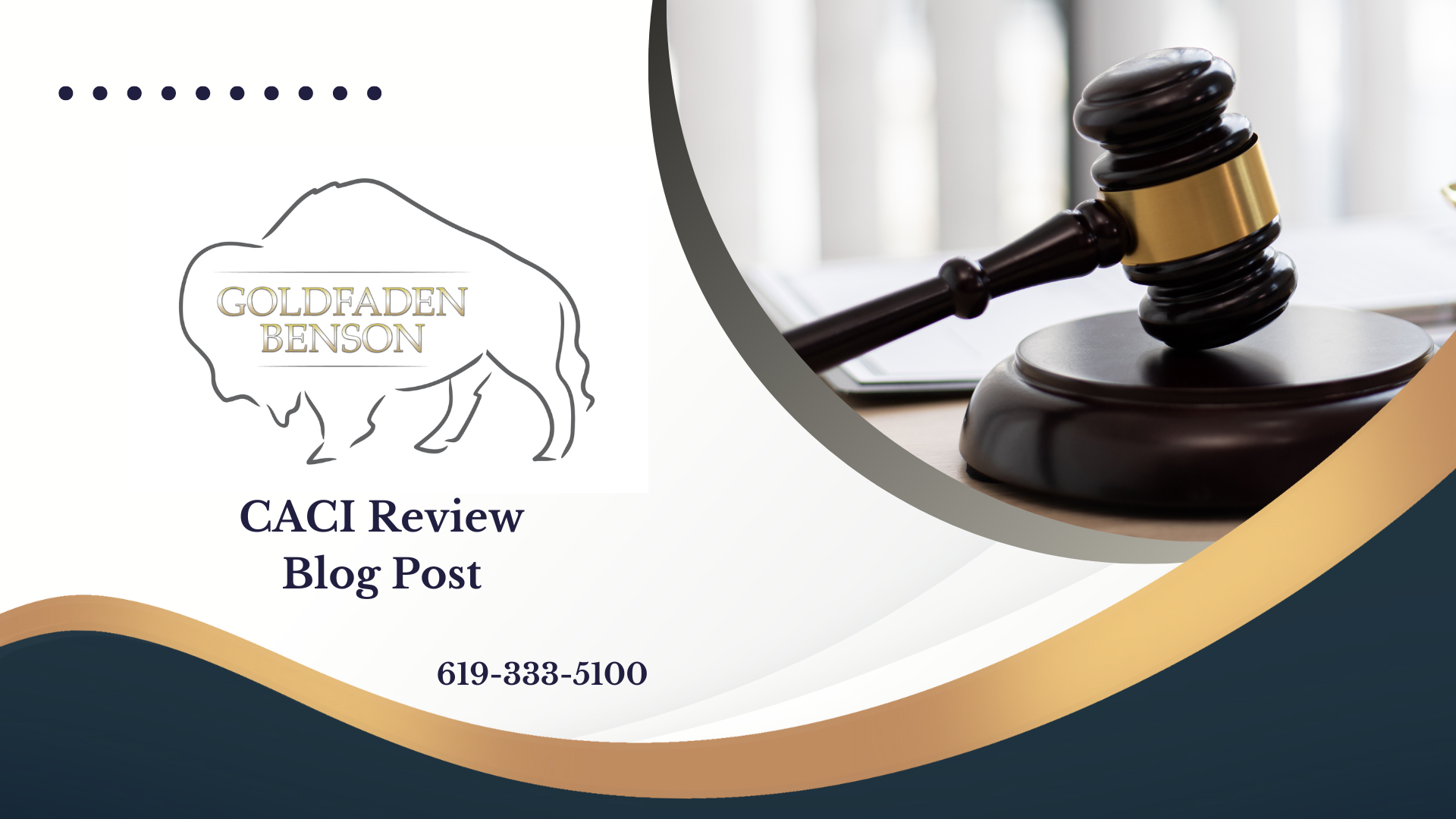Understanding Concealment in Personal Injury Law
When navigating the complexities of personal injury law, one critical area to understand is the concept of concealment. Concealment involves a situation where one party intentionally hides information that is essential for making informed decisions. This topic is especially pertinent in personal injury disputes, such as those involving insurance coverage or liability.
What Needs to Be Proven in a Concealment Case
In a case of concealment, a plaintiff must establish several elements to succeed. Here’s a breakdown of what needs to be proven:
1. The defendant concealed or suppressed a material fact.
2. The defendant had a duty to disclose that fact to the plaintiff.
3. The concealment occurred with the intention to defraud the plaintiff.
4. The plaintiff was unaware of the concealed fact and would have acted differently if they had known the truth.
5. The plaintiff suffered damages as a result of the concealment.
For example, imagine an individual involved in an accident where the other driver failed to disclose a previous history of reckless behavior that would have influenced the plaintiff's decision to accept a settlement offer. If the plaintiff can prove that this information was hidden with the intent to mislead, it supports the claim of concealment.
Real-Life Connection
Concealment is not always straightforward. Sometimes, crucial details are buried in fine print or complex legal language. Consider a homeowner who is about to hire a contractor. If that contractor knows of significant structural issues but chooses not to inform the homeowner, the situation could lead to severe consequences down the line, potentially resulting in a legitimate claim for damages based on concealment.
The Importance of Disclosure
Personal injury cases often hinge on the level of trust between parties. When one party does not disclose essential information, it undermines the fairness of the legal process. In California, laws exist to encourage transparency, particularly in insurance and contract negotiations, emphasizing the responsibility each party has to provide accurate information.
Lastly, consider the challenges a claimant may face in such situations. The burden of proof generally rests with the plaintiff, who must provide sufficient evidence of the concealment and its impact on the decision-making process. Constructing a strong case often requires meticulous documentation and possibly supporting testimonies from experts in relevant fields.
Conclusion and Call to Action
Understanding the nuances of concealment in personal injury law helps victims navigate their cases more effectively. If you believe you have been misled due to concealed information in your personal injury claim, it can be beneficial to seek the guidance of experienced legal professionals.
At Goldfaden Benson, we are here to support you through the complexities of your case. Our seasoned team can provide the insights you need to make informed decisions. For any questions or concerns, reach out to us today. Your journey to justice starts with understanding your rights.








